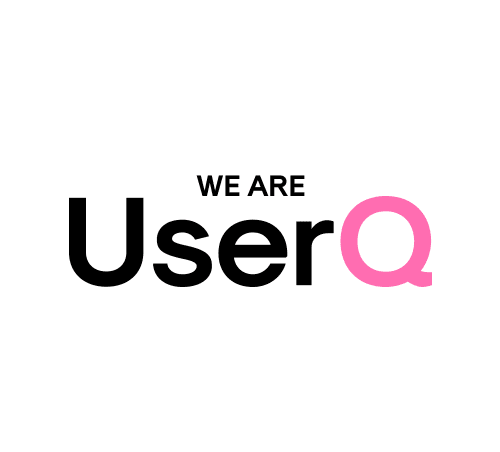🎁 Free 30-day publishing fees on Pay-As-You-GO. Get 15% off when recruiting from the UserQ Panel, with code HELLO15

When deciding on a payment format for your products, often the subscription model is seen as the go-to. But wait – is there something better out there that can offer your clients greater freedom, flexibility, and choice? What about pay as you go user testing as a viable format for your customers? Here’s the lowdown on considering pay-as-you-go pricing as a way to win over (and keep) your client base coming back.
Pay-as-you-go pricing
We live in an on-demand world. Purchases of consumables are only ever a second away when we tap an app or click a button.
This means that companies everywhere need to think about offering different methods of payment to their customers, such as pre-payment plans, subscription models. Schemes like this ensure that customers can have their goods or services immediately but pay over time or in helpful, equal instalments.
So, where does a model like pay-as-you-go pricing fit in? Well, it’s not exactly a new kid on the block, but it is something that more SaaS businesses are looking into as a viable alternative to give their clients choice and keep them coming back. How does it work? Let’s take a look at how usage-based pricing can be an effective payment format for pay-as-you-go user testing situations.
What is pay-as-you-go pricing?
You’re probably already more familiar with this concept than you think. If you are signed up to pay utility bills such as electricity, gas, or water, you may be on the type of tariff or plan which means you only pay for what you use at the end of each month or quarter.
Similarly, if you rent films or box sets from some providers, you might only be charged for the price of the content you want to watch and nothing else – meaning you don’t have to sign up or pay a monthly fee.
SaaS businesses and new start-ups are now becoming savvier at adopting this type of pricing to offer flexibility to their customers.
Why choose pay-as-you-go pricing as an option?
Pay-as-you-go pricing means that companies can become truly customer-centric because the model gives back control to the payee.
Think about specific areas of interest like UserQ , or one-off studies that companies might want to undertake on their software or website. This might be done regularly or on an ad-hoc basis. Therefore, paying a continual monthly fee – when as a customer you might only want to use a particular service once a year, or every few months might not be financially viable. Giving that flexibility directly to the end-user or end-client with usage rate pricing removes that worry.
Using a pay-as-you-go system for something like user testing gives the customer a lot more control over when they’ll use the service. As a result, they’re likely to utilize it when they really need it, and because of that, they’ll get a greater benefit from the results of the research.
The client then has the freedom of running research when it’s truly required, rather than signing up and committing themselves for months at a time and then not using the service and not using the product. Ultimately this format decreases loyalty and retention, whereas a pay-as-you-go pricing system is more likely to increase them.
The benefits of pay-as-you-go pricing
Operating a pay-as-you-go user testing system means that the customer is fully in control of what they’re purchasing and when. With a subscription-based service, a customer is still paying whether they use it or not, and if there are long periods when a product or service isn’t being usefully used, the client may cancel.
The benefit of a usage-based pricing service is that the customer signs up and that’s it. They don’t pay anything until such time as they make use of what service you’re offering. Then they only pay for what they use – nothing more. You can see this structure in action on the UserQ pricing page.
This also encourages people to sign up and pay for your service, so long-term repeat custom is likelier.
Sometimes companies work on the basis of offering a premium model based on a large number of subscribers using a free, basic service – and a smaller number who actually pay a subscription on a monthly or annual basis. Pay-as-you-go pricing removes all that…everyone who signs up is equal.
The future of pay-as-you-go pricing
Well, it’s looking positive. More start-ups are beginning to notice how much this type of plan is catching on and are choosing to adopt it as their go-to plan to offer their new and existing customers flexibility and choice.
They recognise that customers want the independence to be able to adjust or even cancel a subscription without losing out. A pay-as-you-go pricing plan offers them this with no upfront fees or costs associated with it.
Of course, the economics of a system like this has to work both ways. It does have to be financially viable for the company itself, but if more people sign up and actually pay for a service rather than a small fraction who choose to subscribe then cancel, in the long-term this is more beneficial.
Related Post

Meet UserQ – MENA’s first
After five years of trailblazing user experience research tools in MENA with our Dubai-based, in-person UX lab and consultancy, Digital
Subscribe to our
product newsletter!
Receive emails about UserQ updates, new features,
offers and latest trends.


